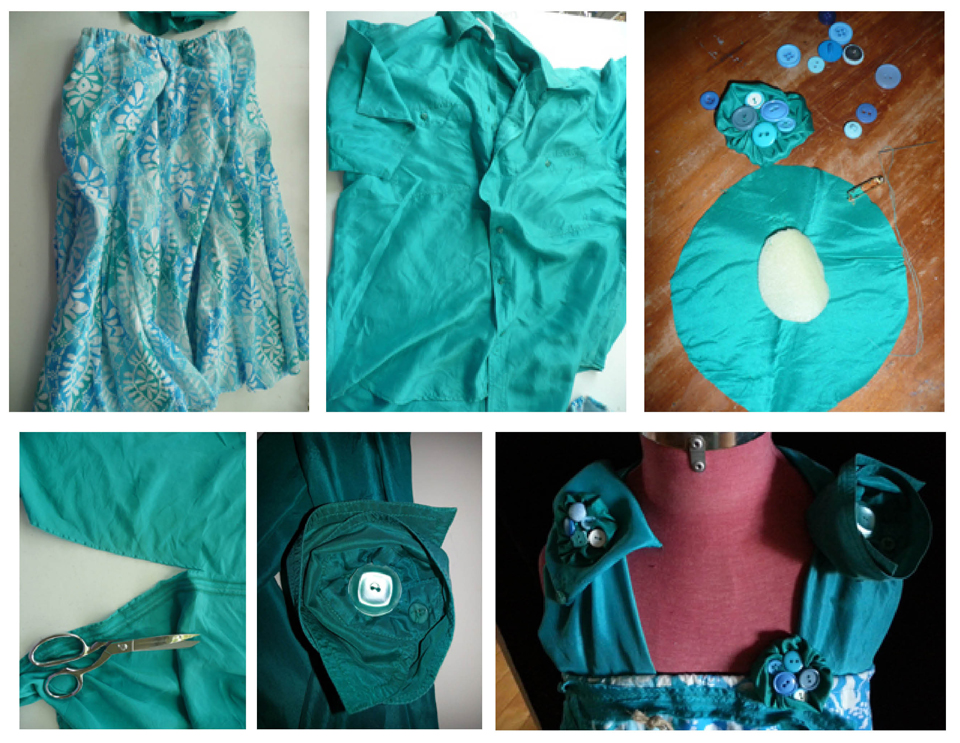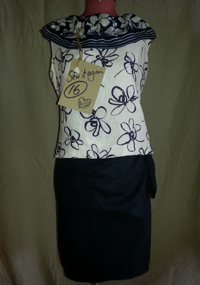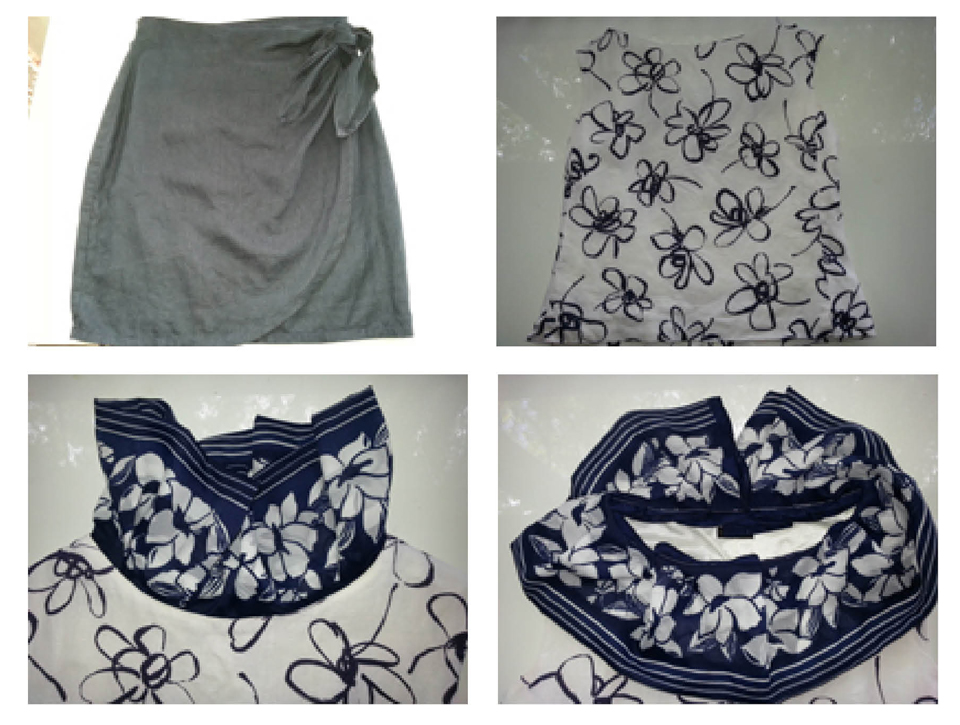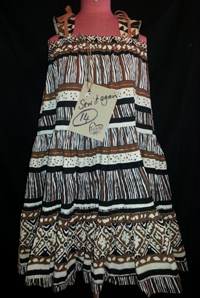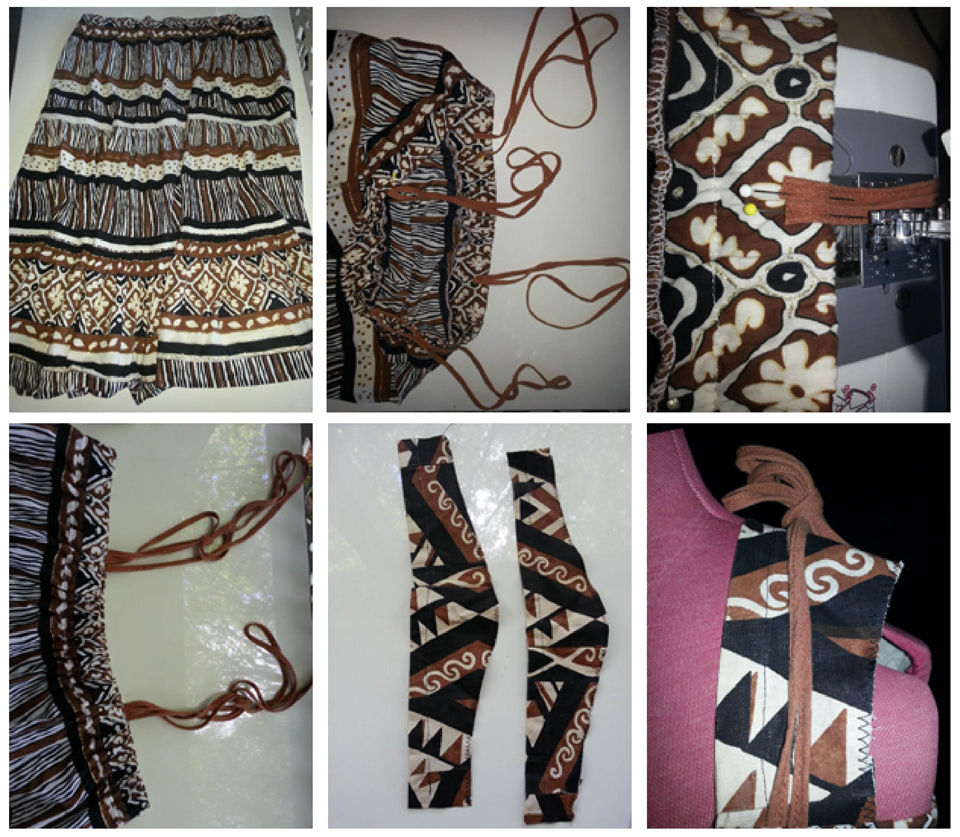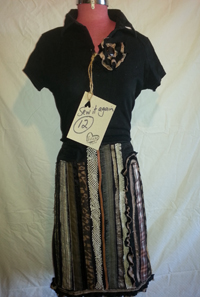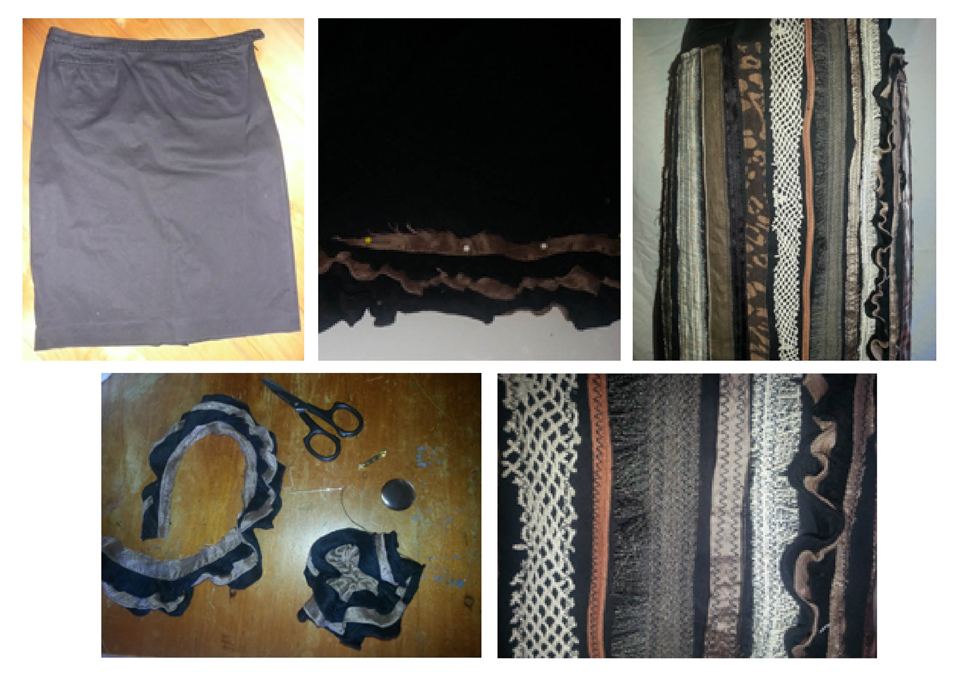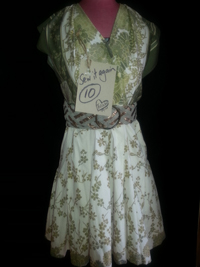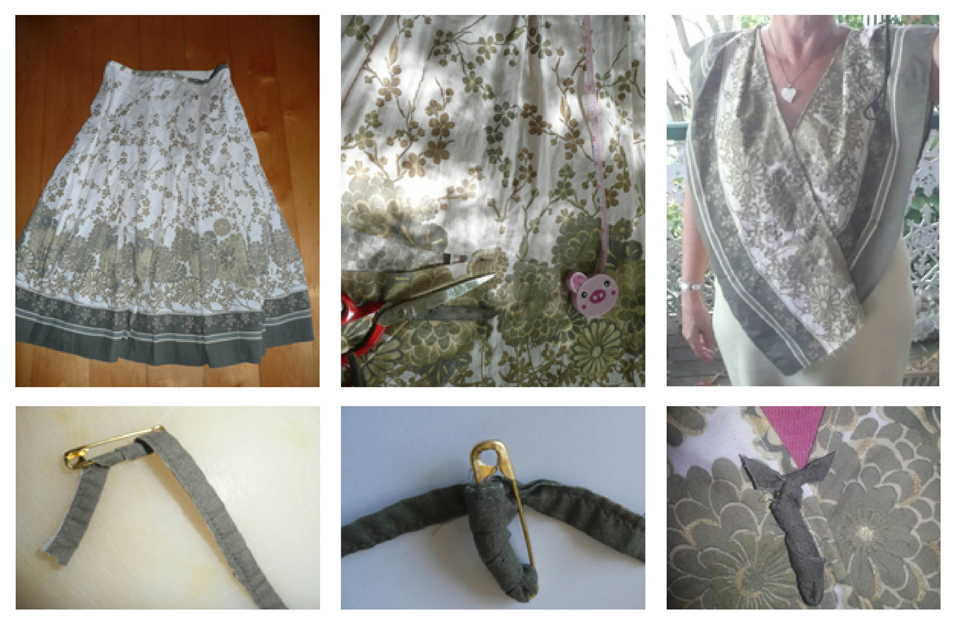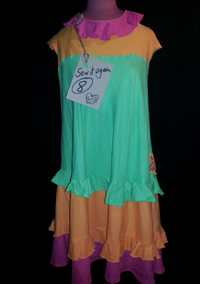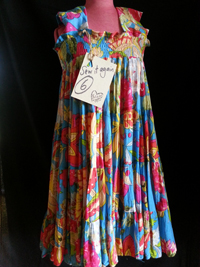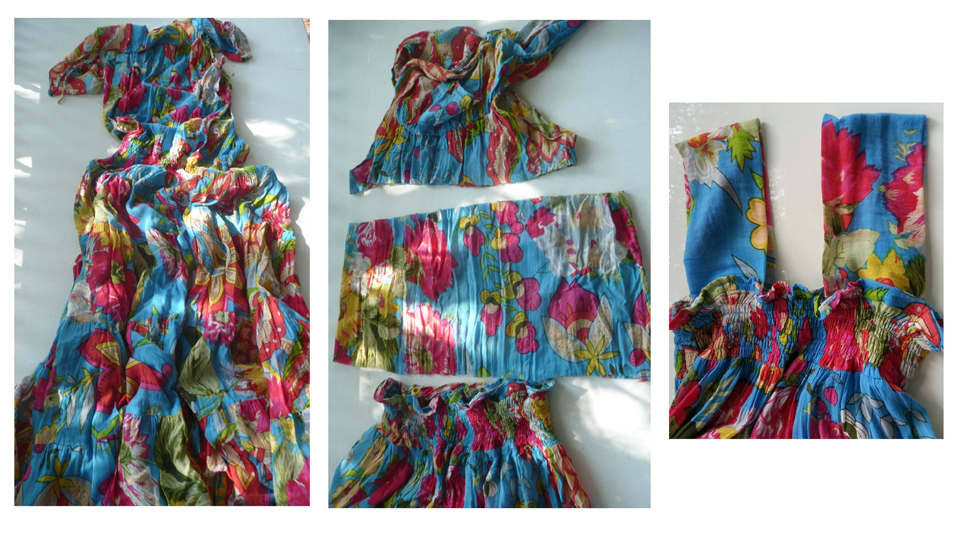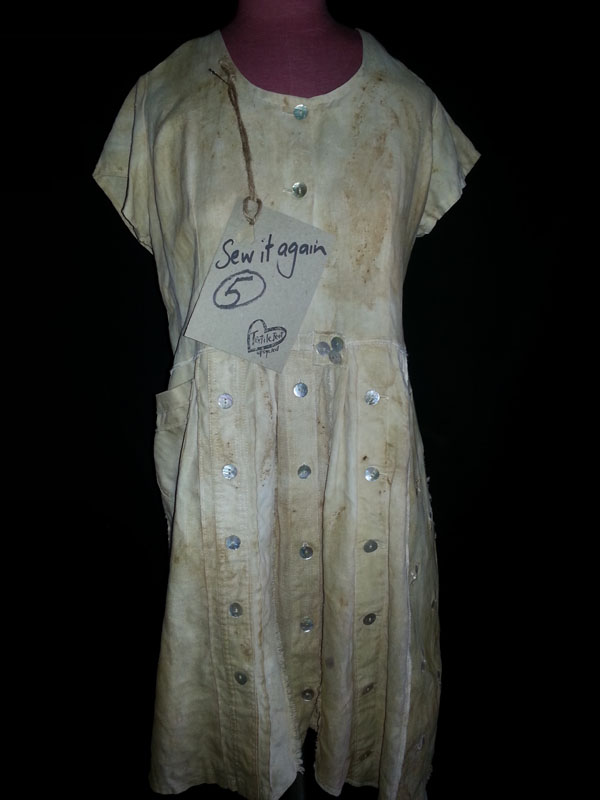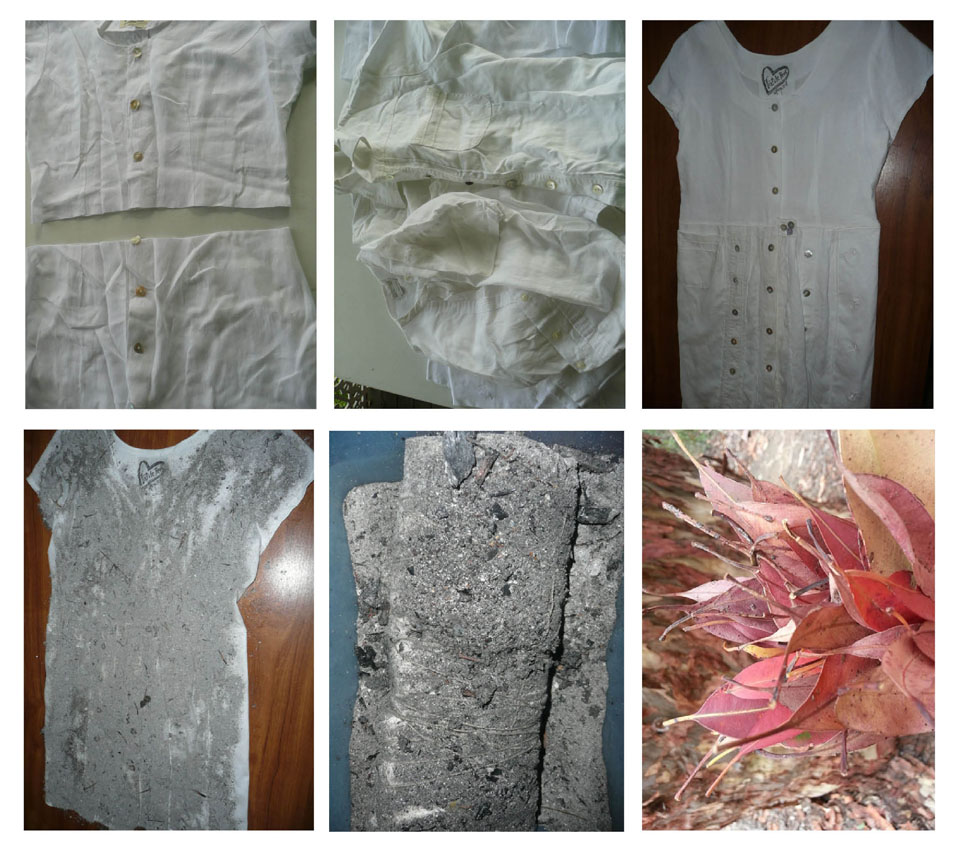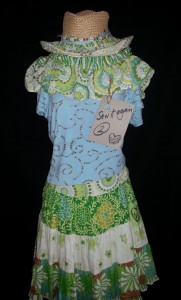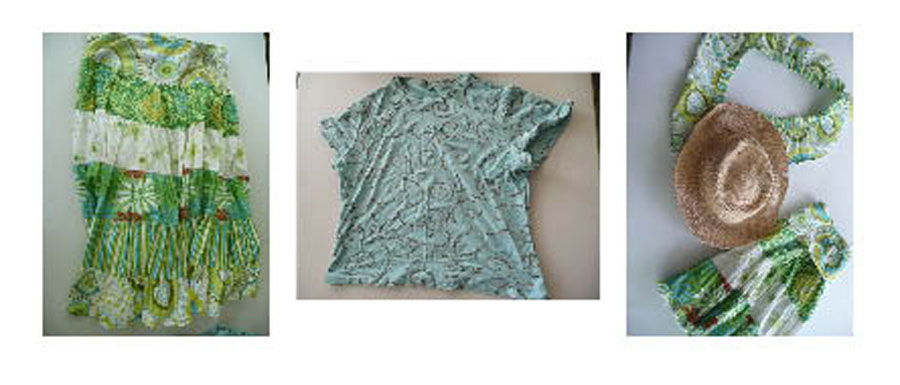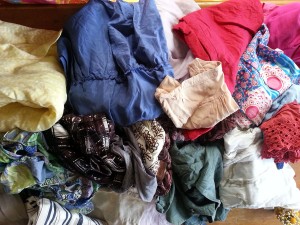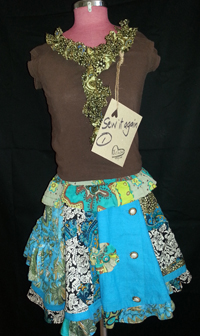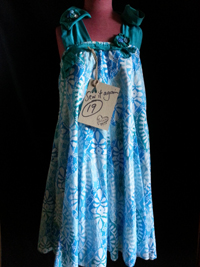 It took several additions to be satisfied with this dress and I am still not entirely so. It is a bit twee, lacking creative spark.
It took several additions to be satisfied with this dress and I am still not entirely so. It is a bit twee, lacking creative spark.
Creativity is an interesting quality, which my edition of the Macquarie Dictionary defines as the state or quality of being creative. Creative, adj, 1. having the quality or power of creating. 2. resulting from originality of thought or expression. 3. originative; productive.
As an agricultural science graduate, creativity didn’t feature much in my formal education and I always scratched my head when encountering star sign characterisations of Pisceans which generalised us as artistic types.
It was only after children and having fun with paint, clay and glue that I began experiencing the potential for creativity and the concept of producing something out of not much.
More recently while pausing again to look around my world and undertake further study, I read Deepak Chopra who identified creativity as one of the most significant spiritual laws in The Seven Spiritual Laws of Superheroes.
Chopra defines creativity as a leap in consciousness that brings new meaning or new context to any situation or problem. Cultivating creativity turns problems and obstacles into challenges and opportunities. In every adversity there is a seed of something magnificent.
He says creativity is the principal force that drives all life, evolution and the mechanics of science. To effectively harness creativity and lead in your life, Chopra recommends:
- Determine what to get rid of – what in your life detracts from its quality and is unnecessary? Commit to letting go of whatever it is that is holding you back, including toxic habits, emotions, relationships, substances and environments.
- Practice clarity of vision – what do you want to create? Ask yourself what you really want, why you really want it, and if manifesting it will serve a higher purpose for humanity
- Follow the nine steps to accessing your creativity with diligence and detachment. The steps are: intended outcome; information gathering; information analysis; incubation; insight; inspiration; implementation; integration and incarnation.
I’ve taken these thoughts on board in developing this Sew it Again campaign as a personal leadership response to the burgeoning waste of textiles and clothing churn I see all around us. I am now in the implementation phase – Day 19 of a 365-day demonstration of upcycling natural fibre garments for pleasure, reward and sustainability.
From my op shop stash, I used an old silk shirt to create straps and embellishments to turn this skirt into a dress. I used the former shoulder pads to create button brooches, which looked a bit too neatsy on their own, so I gathered up the collar to create another brooch and randomly stitched another torn strip from the shirt across the dress front.
